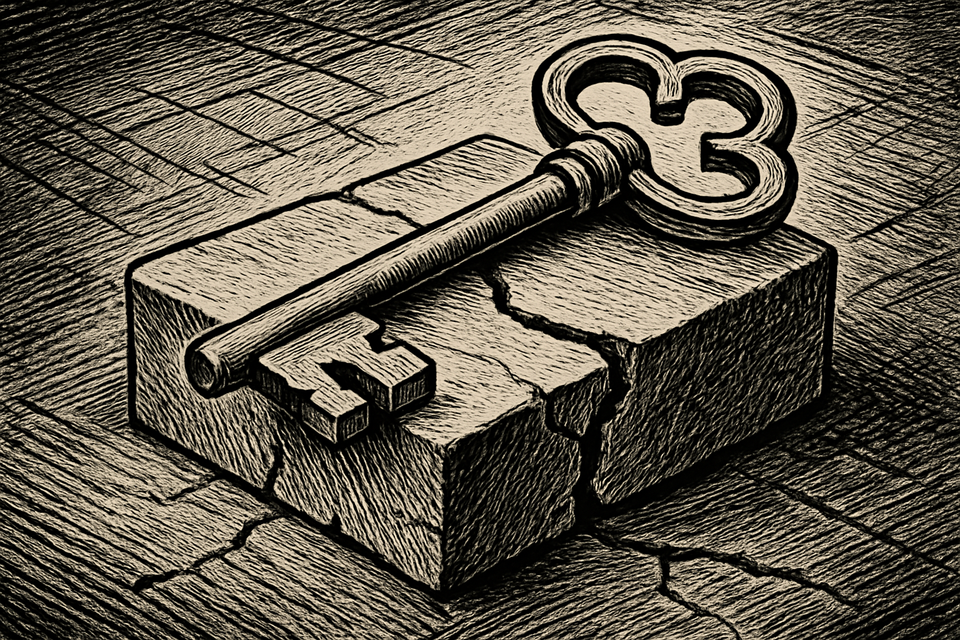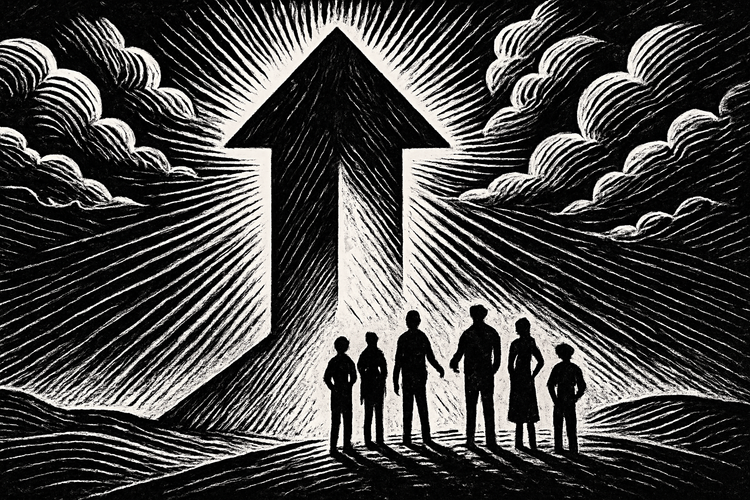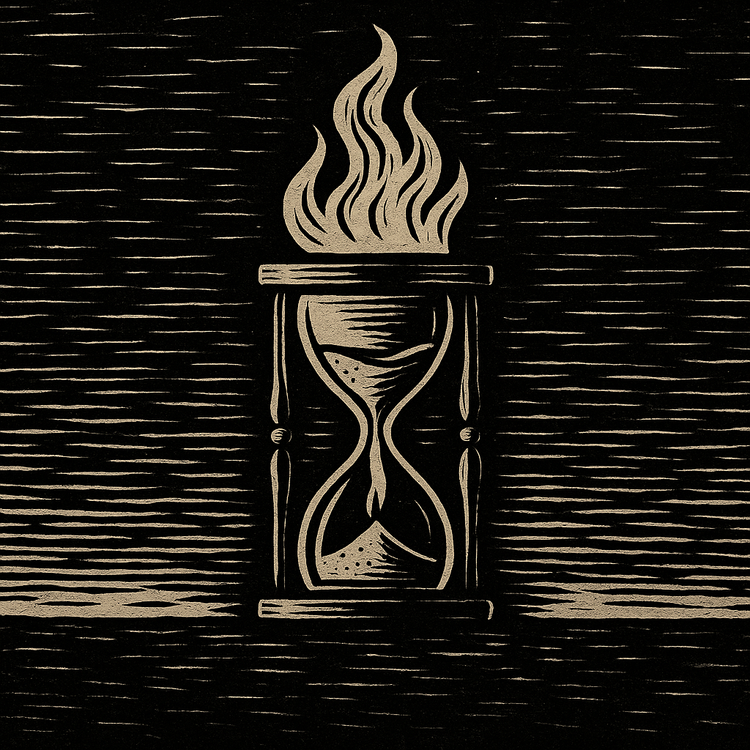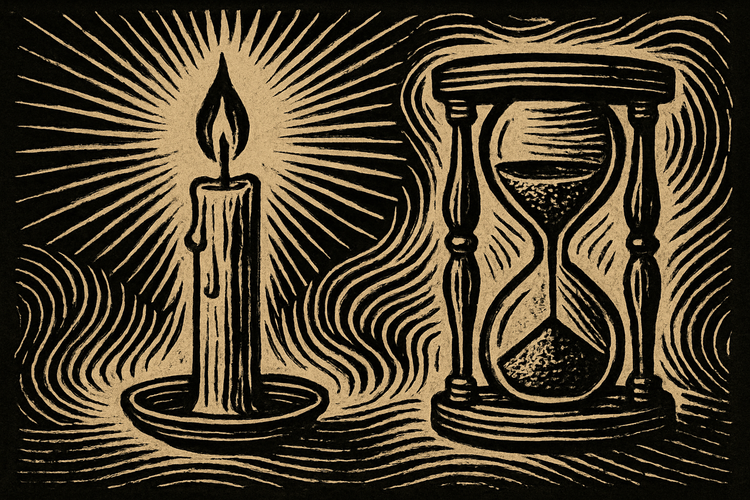The Good Place S2E6 "Janet and Michael"

Spoiler Warning: This reflection contains full spoilers for The Good Place, including retrospective insights and thematic allusions. It assumes familiarity with the entire series and is written from the perspective of a rewatch.
The story begins not in the neighborhood, but in the sterile expanse of the warehouse where Janets wait to be activated. Michael’s theft of one is quick, almost casual, but it carries the weight of stealing the heartbeat of a world. Janet isn’t merely an assistant; she is the neighborhood’s memory, builder, and caretaker — the unseen hand that holds the liminal space together. Her boundless competence is tethered to an unshakable truth-binding, not as a matter of morality but of structure. In the same way that a bridge collapses if its supports are removed, the neighborhood would falter if its central intelligence were forced into contradiction. When Michael removes her from the shelf, he isn’t just bringing home a helper — he’s taking possession of the world’s foundation.
Janet’s malfunction begins with something small: distress she can’t name, a tremor in her flawless function. Michael’s investigation uncovers the truth — she’s been lying about her feelings toward Jason and Tahani, and for Janet, lying is not a harmless omission. As the builder and caretaker of the neighborhood, her words are part of its scaffolding; when she speaks untruth, it’s as if a load-bearing beam has been cut. Glitches ripple outward, the neighborhood shivers, and reality itself becomes unstable. This is not morality enforcing itself — it is physics. A truth-bound being cannot bend her own foundation without sending fractures through everything she holds together.
In the process of diagnosing Janet’s problem, Michael’s connection with her becomes impossible to ignore. Their flashbacks reveal a history beyond convenience — moments where Michael, architect and schemer, treats Janet not as a disposable tool but as a collaborator. Janet is not the moral compass of the universe, but its most reliable builder. Her purpose is to keep a designed world standing, whether it’s a paradise or a trap, and her truth-binding exists to keep the beams straight and the foundations solid. Being in her orbit means constant contact with something unflinchingly stable, and for a creature built on chaos, that stability is contagious. Michael’s decision to help her now is not a play for advantage but an act of care — a small, surprising choice that makes him look a little less like a demon, and a little more like the people he’s been studying.
When Michael runs out of answers, it’s Eleanor who steps into the role of confidant. She treats Janet less like a malfunctioning system and more like a friend in emotional trouble, listening and reframing the problem in human terms. It’s an approach Janet can process, even if her solutions remain uniquely her own. In this case, that solution is Derek — a fully formed being manifested not for utility, but as a way to move past her feelings for Jason. It’s a coping mechanism any human might recognize, amplified by the accumulated changes in a being who’s been remade hundreds of times. The act underscores Janet’s complexity: she’s bound by structure, yet she’s improvising within it, bending the rules of her own nature in search of emotional equilibrium. Derek is both proof of her adaptability and a reminder that even the most stable foundations can shift when the need to change outweighs the need to keep things exactly as they are.
By the end of “Janet and Michael,” the crisis is contained, but the fault lines are visible. Janet’s glitch has shown that the neighborhood’s stability rests on more than its architect’s design — it depends on a builder whose every word is a load-bearing truth. Forcing her into contradiction is like hammering a fracture into the foundation: the damage may be invisible at first, but it will spread. Michael’s choice to help her, and the friendship revealed in the process, pushes him further from his old habits, as though her stability is slowly re-aligning his own design. And Derek’s sudden existence is the lingering proof that even a truth-bound system can improvise when the need is great enough. The unseen hand holds for now, but the episode leaves us with the sense that its agents are not immutable — and that change, once it begins, can ripple through the entire structure.



Comments ()